Earned Value Management is a significant concept from a PMP Certification Exam point of view. Therefore PMP aspirants should know the basics EVM concept and remember the number of formulas in order to pass the exam. Level of Effort, Discrete Effort, and Apportioned Effort are used for Earned Value Management calculations. They are three different activity types widely used to measure the project performance and Earned Value of a project. However, these activity types are not well understood and always confused by PMP Aspirants. The purpose of this article is to explain both concepts, analyze their differences and provide level of effort, discrete effort, and apportioned effort examples.
Table of Contents
Activity Types and Work Breakdown Structure
The Work Breakdown Structure (WBS) represents work packages which are arranged in a hierarchical way. Activities that need to be scheduled are grouped under specific WBS levels. In other words, activities are contained in the lower level of WBS. These activities are categorized as Discrete Efforts, Level of Efforts and Apportioned Efforts depending on their nature and roles within a project schedule.
Let’s analyze each activity type in detail.
Discrete Effort
The PMBOK Guide defines this concept as an activity that can be planned and measured and that yields a specific output.
Simply put, it is an activity that can be directly associated with a Work Breakdown Structure (WBS) component. It can be planned and measured with a specific percentage. In other words, it is the effort required to complete the activity that can be planned and measured proportionally to the delivered product.
Earned Value of this activity can be calculated by using its own planned quantity.
Discrete Effort Example
In a construction project, a roof covering activity can be an example of a discrete effort. Roof covering is expected to be completed 20 days. In 15 working days, 75% of the covering is expected to be completed.
Note that the level of effort and apportioned effort activities can be classified as non-discrete effort activities.
Level Of Effort (LOE)
The PMBOK Guide defines the Level of Effort as an activity where an effort is allotted proportionately across certain discrete efforts and not divisible into discrete efforts.
A Level of Effort is a supporting activity that does not generate a definitive end product. Level of Effort activities are not associated with a Work Breakdown Structure (WBS) component.
Level of Effort activities should not affect the project’s critical path. These activities have SS relationship with their predecessors and FF relationship with their successors.
Level of Effort Example
Below are some examples of Level Effort activities :
• Project Management
• Accounting
• Administrative works
Apportioned Effort (AE)
The PMBOK Guide defines the Apportioned Effort as an activity that does not produce definitive end products and is measured by the passage of time.
The goal of an Apportioned Effort activity is to support its Discrete Effort. In other words, the effort required to perform an Apportioned Effort activity is proportional to the discrete effort that it supports.
Earned Value of an Apportioned Effort Activity can be calculated by using the progress of it’s related Discrete Effort. Earned Value of an Apportioned Effort Activity can be calculated based upon the % work complete for its discrete activity.
Apportioned Effort Example
Below are some examples of Apportioned Effort activities
• Site Surveying
• Soil Compaction Tests
• Inspection of Welds
These activities are performed proportionally to the main tasks. For instance, in a pipeline construction project, Inspection of Weld’s activity is an “Apportioned Effort” activity and a mainline welding activity is the “Discrete Effort” of it.
Level of Effort vs Discrete Effort vs Apportioned Effort
- LOE, DE, and AE are three activity types and their EVM Calculations are different.
- LOE and AE can also be classified as Non-Discrete Efforts.
- DE is the Measurable Effort which can be measured with a specific output.
- DE can be directly associated with a specific Work Breakdown Structure level.
- Apportioned Efforts can be directly associated with a specific WBS level. However, they can’t be separated from the discrete efforts.
- Level of Efforts cannot be directly associated with a specific WBS level.
- Level of Efforts should not effect the project’s critical path.
- Earned Value of a Discrete effort activity can be calculated by using the planned value of itself.
- Earned Value of an Apportioned Effort activity can be calculated proportional to it’s discrete effort (for example %10 of discrete effort)
- Earned Value of a Level of Effort activity can be calculated depending on discrete and apportioned efforts.
Summary
In this article we discuss DE, LOE and AE terms and their importance for Earned Value Management. Simply put, DE, LOE and AE activities represent different types of tasks based on the nature of the project. DE is a measurable effort, AE activities support DE activities and level of efforts depend on discrete and apportioned efforts to which level of effort supports.
In order to perform accurate Earned Value Management Calculations, you need to define the type of each activity clearly in the “Define Activities” process. Because the type of activity effects the method of performance measurements and EVM Calculations.
Note that these concepts are very important for the PMP Certification Exam. You may encounter more than one questions during the exam. If you want to add anything ot share your opinions regarding the topic, you can do so through the given comments box.
External References
See Also
Work Breakdown Structure Example
Earned Value Management Example

Irma Gilda is chief executive of Sonic Training and Consultancy Co., the training platform offers project planning and scheduling More than 60 k learners have used the platform to attain professional success. Irma is a professional Primavera P6 Trainer.

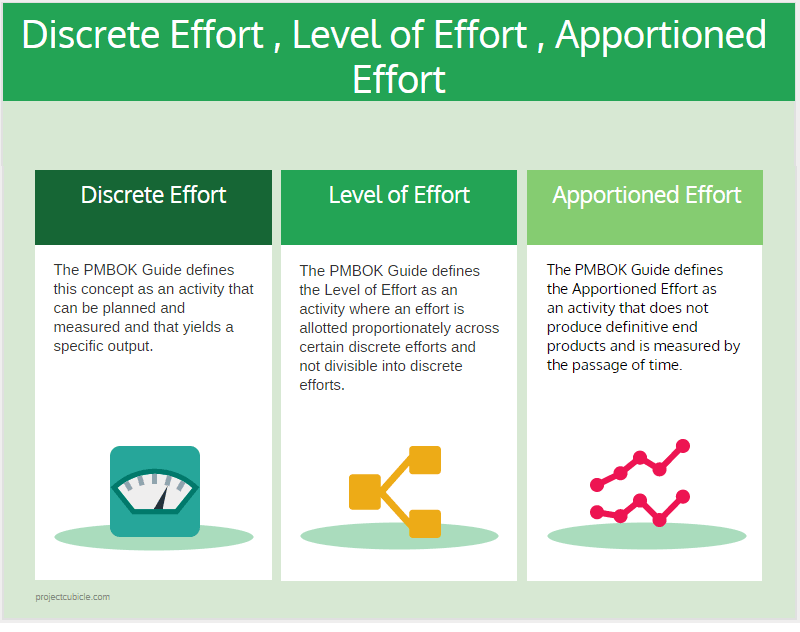
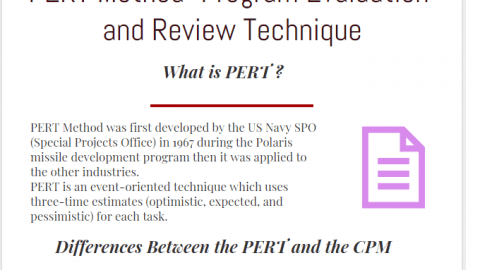
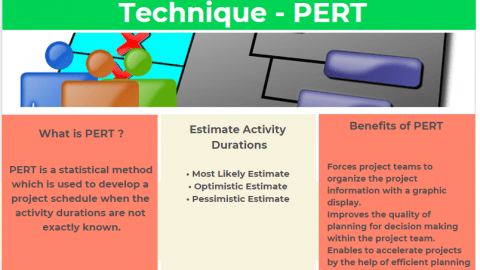
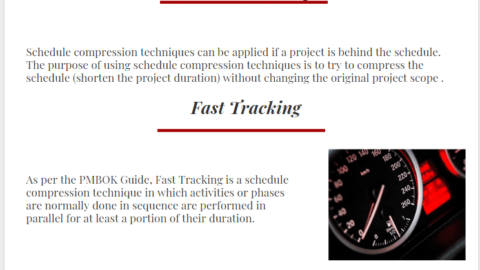
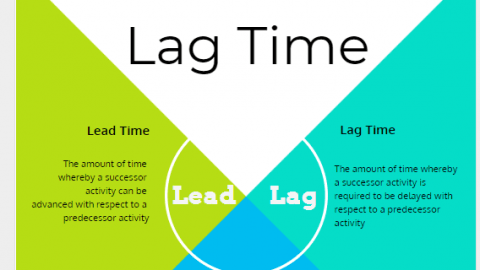
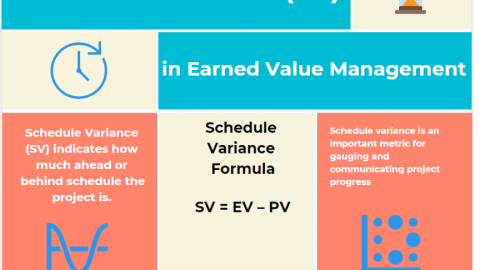

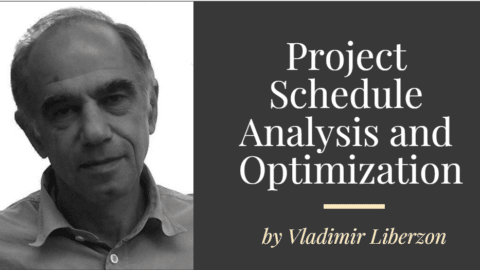
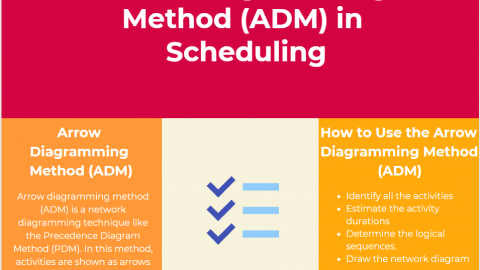

You ought to be a part of a contest for one of the best blogs on the net. I am going to highly recommend this site!
You are confusing LOE and apportioned in many places. LOE is related to the value earned over the passage of time, and Apportioned is allotted proportionally according to a discrete effort but not necessarily related to time. Quality activities can be measured using all three depending on the application. For example, if no widgets are being welded over a week’s time, no quality control inspection activities can occur (discrete). Quality assurance activities like periodic process audits can occur, which can be measured using apportioned. So, as you complete the audits of process areas, you can claim EV. If a quality assurance manager is employed for the whole year, you can claim EV every month or week regardless of the number of completed audits if you use LOE.